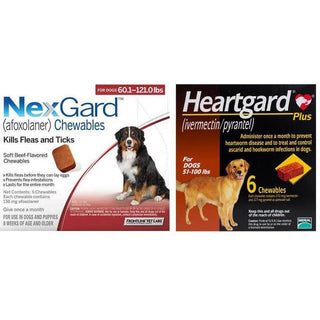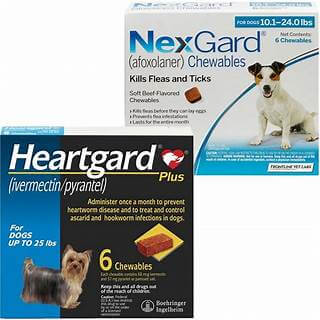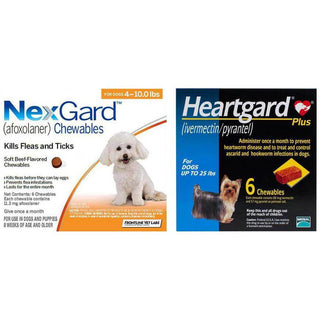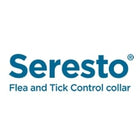
Keeping your cat hydrated is essential to their health and well-being, but many pet owners don’t realize just how important water intake is for cats. Cats, unlike dogs, typically don’t have a strong instinct to drink water regularly. Their ancestors were desert animals, so they evolved to extract moisture from their prey. However, today’s domesticated cats, especially those on dry food diets, are at a higher risk of dehydration.
This guide will cover how much water your cat needs, signs of dehydration, tips to improve water intake, and why proper hydration is vital to prevent health issues.
Daily Water Requirement for Cats
A healthy cat generally needs between 60 to 80 milliliters of water per kilogram of body weight each day. So, the ideal daily intake for a cat weighing 4 kilograms is around 240 to 320 milliliters of water.
However, cats get water from two sources:
- Drinking water
- Moisture in their food
Wet food typically contains about 70–80% water, which contributes significantly to hydration. In contrast, dry kibble only consumes about 10% water, making it important for cats on dry food diets to drink more water separately.
Why Hydration Matters for Cats
Proper hydration supports several essential body functions in cats, including:
- Kidney function
- Urinary tract health
- Circulation
- Digestion
- Temperature regulation
Persistent dehydration in cats can result in serious health problems such as urinary tract infections (UTIs), kidney disease, and potentially dangerous urinary blockages that require urgent medical attention.
Common Signs of Dehydration in Cats
Cats are good at hiding discomfort, but here are some symptoms to watch for:
- Lethargy
- Dry, tacky gums
- Loss of appetite
- Panting or rapid breathing
- Sunken eyes
Poor skin elasticity (To check for dehydration, gently lift the skin at the back of your cat’s neck or between the shoulder blades. If the skin doesn’t return to its normal position promptly, it could be a sign that your cat is dehydrated.)
If you notice any of these signs, contact your veterinarian immediately.
Helpful Ways to Increase Your Cat’s Water Intake
Since cats are often reluctant to drink, here are some effective strategies to increase their water intake:
1. Use a Cat Water Fountain
Many cats prefer running water. A pet water fountain can make drinking more appealing and fun.
2. Offer Multiple Water Bowls
Place water bowls in different areas of your home. Some cats don’t like to drink where they eat, so experiment with separate locations.
3. Try Different Bowls
Cats can be picky about the material or shape of their bowls. Some prefer ceramic or stainless steel over plastic. Shallow and wide bowls may also be more comfortable for them.
4. Add Water to Wet Food
If your cat eats canned food, try mixing in a tablespoon of water or low-sodium chicken broth—just make sure it doesn’t contain onions or garlic. This helps increase moisture intake effortlessly.
5. Feed Wet Food
Switching from dry to wet food, even partially, can significantly improve hydration levels.
6. Keep Water Fresh
Cats are sensitive to smell and taste. Change water daily and clean bowls regularly to ensure freshness.
7. Flavor the Water
To entice picky drinkers, add a small amount of tuna juice or bone broth to their water (ensure it's cat-safe and has no added salt or seasoning).
Special Hydration Needs
Some cats may require extra hydration support, especially:
- Senior cats
- Cats with kidney or urinary issues
- Cats recovering from illness or surgery
- Cats on dry food diets
For these cats, consult your vet about electrolyte supplements, fluid therapy, or other hydration aids.
When to See a Vet
If your cat refuses to drink or shows signs of illness, such as vomiting, diarrhea, or lethargy, immediately seek veterinary attention. Dehydration can progress quickly and become a serious concern.
Your vet may run tests to check hydration levels and recommend treatments such as subcutaneous fluids or dietary changes.
Final Thoughts
Hydration plays a vital role in your cat’s overall health. While they may not always seek out water like dogs, there are plenty of ways you can help ensure they stay properly hydrated. Small adjustments, like introducing wet food or using a water fountain, can significantly improve your cat’s hydration.
Keep a close eye on your cat’s water intake and behavior. Ensuring your cat stays well-hydrated can help ward off common health problems and support their overall happiness and well-being.






